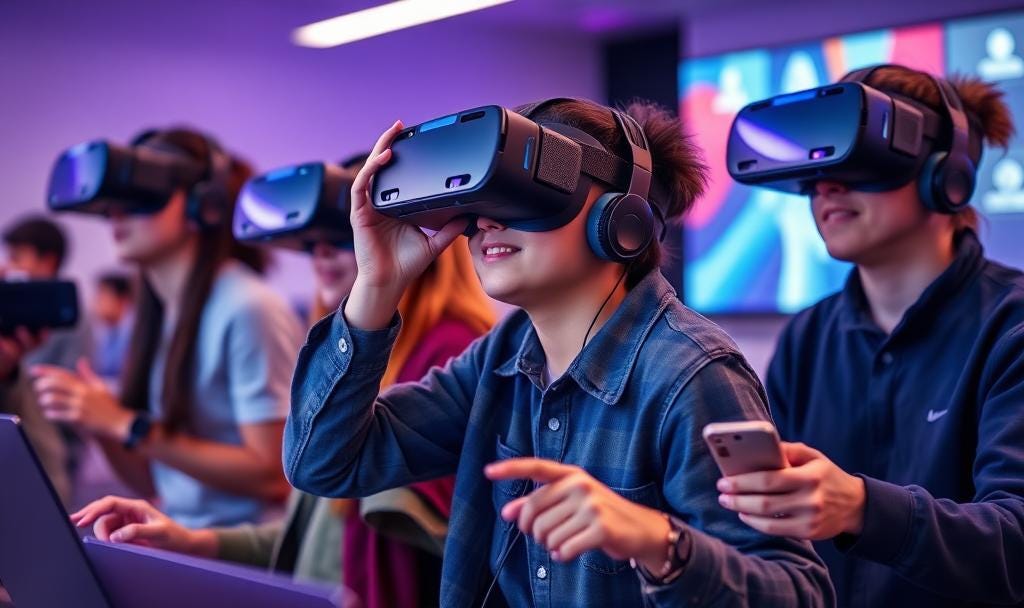UX and Educational Technology: Transforming Learning Experiences
UX design in educational technology is revolutionizing learning by creating personalized, engaging, and accessible experiences that enhance student outcomes and prepare them for a digital future.
Over the last few years, the combination of UX design with EdTech has revolutionized the way students learn and engage with educational material. This has resulted in more effective, interesting and easy to understand learning experiences. Here, I will discuss the place of UX in EdTech and how it enriches the learning process, backed by examples.

Personalized Learning Paths
The development of an individualized learning environment is one of the most remarkable effects of UX design in educational technology. Adaptive learning platforms employ complex algorithms that help to deliver content based on the student’s learning rate, learning style and learning requirements. For example, Knewton and DreamBox Learning are learning platforms that adapt difficulty according to achievement rates and help enhance learning. A study exposed that students using personalized learning platforms showed a 30% improvement in standardized test results compared to traditional methods.
Gamification: Making Learning Engaging
Another powerful tool in EdTech is gamification that facilitates user engagement via interactive and immersive user experiences. A good example of this approach is the use of Duolingo, the top rated language learning application, featuring gaming-like elements such as points, badges, and leaderboards. Gamified design here allows users to have fun as they learn the language and also helps to spread a habit of regular language practice. Research indicates that 34 hours spent on Duolingo equates to a full university semester of language education.
Immersive Learning with VR and AR
Virtual Reality (VR) and Augmented Reality (AR) are changing classroom experience by bringing immersive learning opportunities to it. These technologies enable students to explore complex concepts in a risk free environment. For instance, PwC found that VR learners were four times faster to train than traditional classroom learners and 275% more confident in applying skills learned after training. This shows how good UX can really help people understand and remember.
Enhanced Accessibility
Additionally, EdTech UX design is about accessibility for all learners. Text to speech, adjustable text size, and delivery of multi modal content make educational resources relevant for students with different needs. For example, platforms that include closed captions not only help deaf or hard of hearing students but also enhance comprehension for all students.
Data-Driven Insights for Educators
UX design is not just good for students, it’s good for educators too, with intuitive dashboards and analytics tools that give educators a wealth of information about student performance and engagement. The data driven approach helps teachers decide what methods are working and what they can do about it, which helps the students get better outcomes.
Collaborative Learning Environments
The digital platforms that are built with good UX principles enable collaborative learning. Kahoot!, for instance, enables students to have real-time discussions and collaborate when solving assignments. These collaborative features also improve the general learning climate, as they encourage students to engage with others.
What is the future?
UX design principles are now being integrated into educational technology leading to a revolution of the learning experience. From personalized learning paths to immersive VR environments, education is becoming more fun, accessible and effective. Likewise, user experience will continue to be a priority in determining the future of education in technology.
Adopting these UX driven educational technologies not only improves learning outcomes, they are preparing students for a digital future of adaptability, collaboration and lifelong learning.




